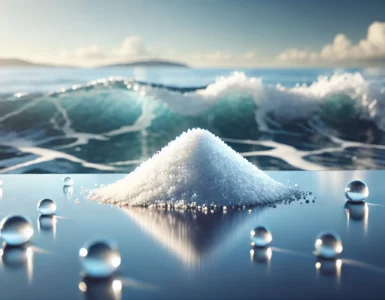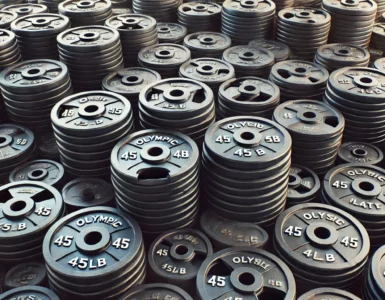Hydrometer Correction Explained
The Tropic Marin Precision Hydrometer is widely regarded as one of the most accurate tools for measuring the salinity level of reef aquariums. This hydrometer measures specific gravity and is calibrated for use at 25°C (77°F). When readings are taken at different temperatures, corrections must be applied. The conversion from specific gravity to salinity also depends on the temperature. Use this calculator to correct your Tropic Marin hydrometer readings when measuring at temperatures other than the calibration point.
Empirical vs. Calculated Correction
The physical design of a hydrometer—including its materials, size, and shape—affects its readings. The hydrometer correction calculator above provides two output values:
- Empirical Correction: The empirical salinity (PSU) values were gathered by Johan Thelander through practical testing, published in the table “Temperature Corrections for Hydrometers” by Dr. Randy Holmes-Farley (circa 2004). This calculator uses interpolation from that table, and then applies the UNESCO Equation of State for Seawater to calculate corrected density, conductivity, and specific gravity. This reflects real-world performance of the Tropic Marin hydrometer, accounting for its physical characteristics.
I have archived the hydrometer conversion table as a PDF in case the original reefkeeping.com article or table were to disappear. Note: the same article offers valuable insights into the relationship between salinity and specific gravity. - Calculated Correction: These values for salinity (PSU), density, and conductivity are calculated using the UNESCO Equation of State for Seawater and other established algorithms. This approach provides an “ideal” hydrometer correction, purely based on temperature.
Both empirical and calculated values are provided for reference. They are close enough that either can be used, but it’s recommended to choose one method and stick with it for consistency.
Sources and Equations
The conversion from Practical Salinity (PSU) to density is complex and nonlinear. The equations used in this calculator are based on the UNESCO Equation of State for Seawater and decades of refined measurements. Although various calculators exist, they may show slightly different results depending on the methods and coefficients used.
Key Sources:
- Millero, F. J. (1983). “The equation of state of seawater.” Deep Sea Research Part A. Oceanographic Research Papers.
- Poisson, A. (1980). “Coefficients for the Thermodynamic Properties of Seawater.” Journal of Marine Research.
- UNESCO. (1983). “Algorithms for computation of fundamental properties of seawater.” UNESCO Technical Papers in Marine Science 44.
- Randy Holmes-Farley, Ph.D. (2004). “Temperature Corrections for Hydrometers,” Reefkeeping Magazine.
- Lewis, E. L., & Perkin, R. G. (1981). “The Practical Salinity Scale 1978: Conversion of conductivity ratio to salinity.” Deep Sea Research Part A. Oceanographic Research Papers.
- Fofonoff, N. P., & Millard, R. C. (1983). “Algorithms for computation of fundamental properties of seawater.” UNESCO Technical Papers in Marine Science No. 44.
Equations:
- Practical Salinity to Density:
- The salinity-to-density conversion is based on the UNESCO Equation of State for Seawater. The coefficients (A, B, C) in these equations were updated with values from Poisson (1980) and further refined by other oceanographic studies.
- Density of Pure Water:
- The density of pure water is calculated using the equation developed by Millero and Poisson (1981). This serves as the foundation for density and salinity calculations.
- Empirical Temperature Corrections:
- The temperature corrections for the hydrometer readings are based on empirical data compiled by Johan Thelander and published in Randy Holmes-Farley’s article. This empirical data provides real-world corrections for specific gravity measurements taken at different temperatures.
- Conductivity to Salinity:
- The conversion from conductivity to salinity is performed using the Practical Salinity Scale (PSS-78), which was developed by Lewis & Perkin (1981) and remains the standard today. This scale ensures that conductivity-based salinity measurements are accurate and consistent.
Why These Equations Matter:
The UNESCO and PSS-78 equations are widely accepted standards in oceanographic research. They ensure accurate conversions between salinity, density, conductivity, and temperature, making them ideal for use in home reef systems. The Tropic Marin Hydrometer is calibrated based on these standards, so using the same methods for temperature correction ensures precision and reliability.
These equations are valid for sea level (1 atmosphere) conditions and assume consistent water properties, which are ideal for most reef aquaria. Variations may occur under extreme pressures or temperatures, but these deviations are negligible for typical reef tank setups.






Add comment